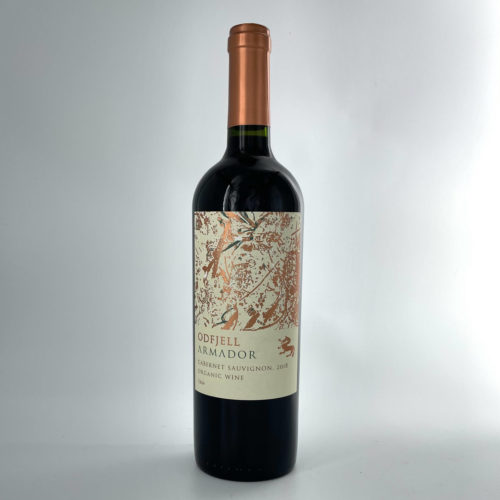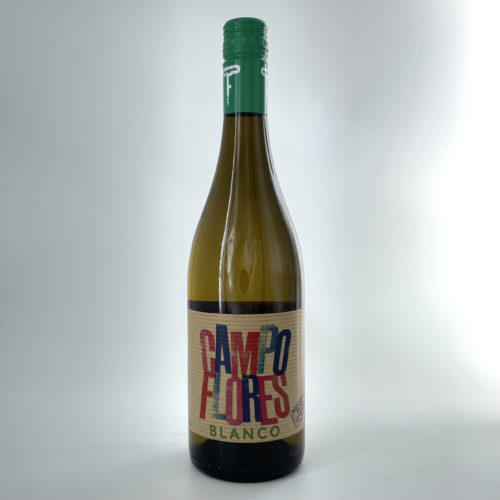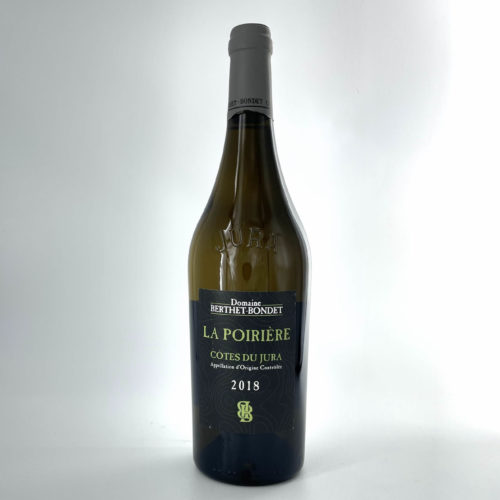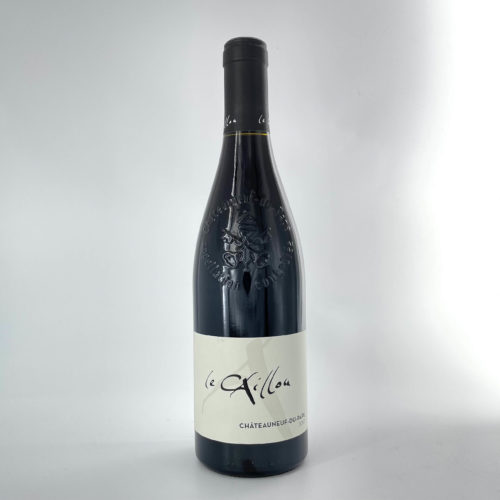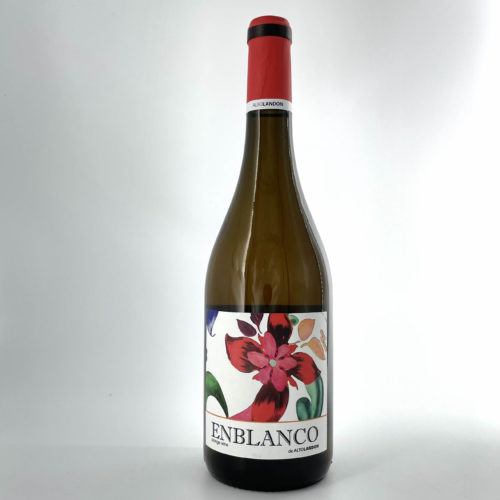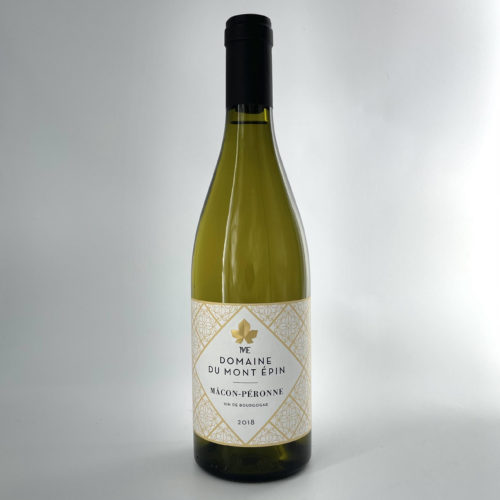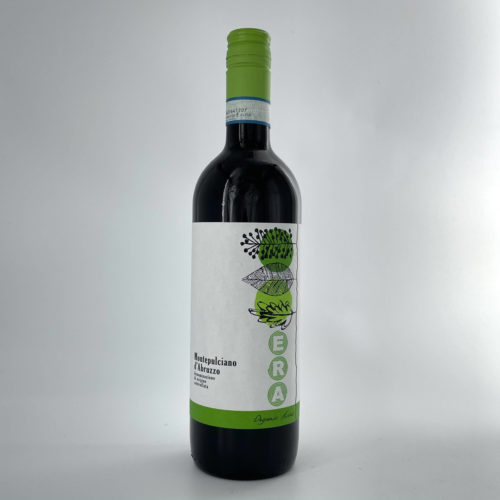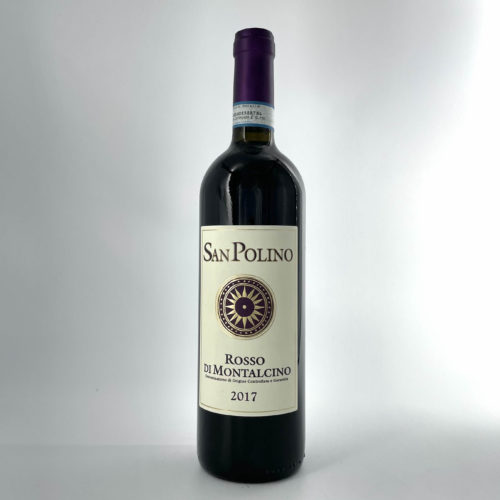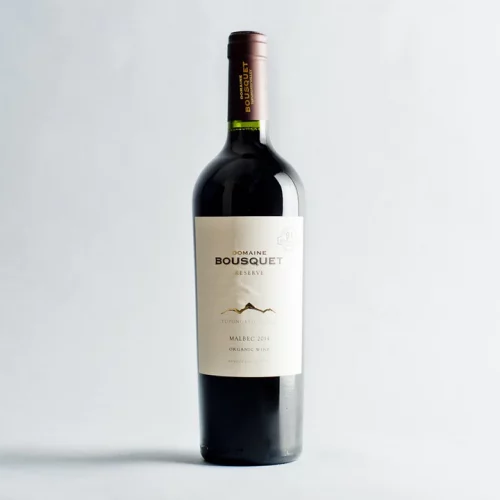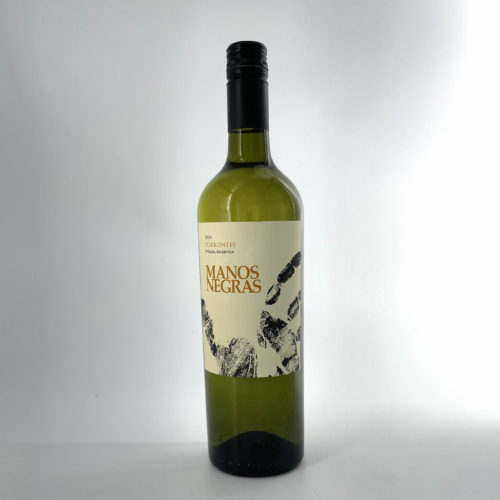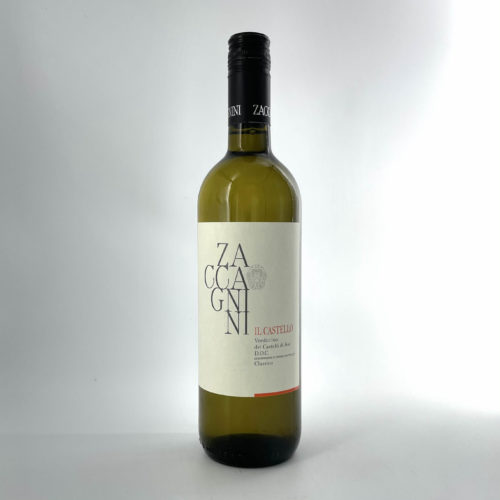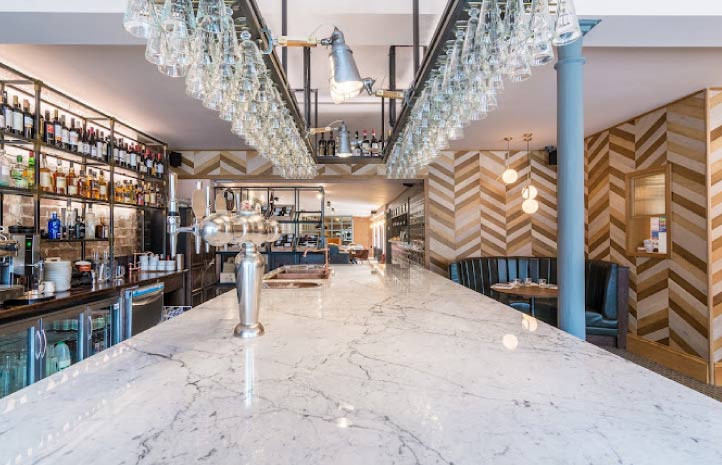Cabernet Sauvignon Odfjell Armador, Maipo, Chile
Founded by Norwegian Dan Odfjell this pre-dominantly red wine producer creates wines of elegance and poise.
Odfjell are fully committed to biodynamics with cover crops and beehives populating the vineyards while small Fjord horses work the land. Odfjell produces wonderful wines that few in Chile can match, with their Carignans, which come from rescued 80 year old vines, proving to be of particular note.
Campo Flores Blanco, La Mancha, Spain
Master of Wine Giles Cooke, has led a winemaking team to craft a range that illustrates the brilliant potential of Rioja, Navarra and La Mancha as well as the quality of fruit that these regions can deliver when respectful, sustainable techniques are maintained. Drawing on the revered, in-depth knowledge of Paul Shinnie and the technical skills of Marta Juega Rivera, these wines offer a tantalising taste of contemporary Spain. Responding to the need for a more sustainable future, our wineries harness the best vineyards to produce wines that are connected by a similar spirit of adventure, experimentation, creativity and commitment to sustainable wine production.
Chardonnay La Poiriere, Domaine Berthet Bondet, Cotes de Jura, France
Jean Berthet-Bondet has been working his land since 1984.
With a humble 15 hectares of 30 year old vines, this estate may well be small but it is steeped in history and heritage. Half of Jean’s land is in the Château Chalon appellation which is home to the Savagnin grape, renowned for making the revered Vin Jaune. A unique wine that has seen a resurgence of popularity in recent years, but has always been appreciated by the knowledgeable few.
Chateauneuf-du-Pape ‘Les Safres’ Caillou, S Rhone, France
The Clos du Caillou was founded in 1895 when Elie Dussaud settled there and created an old cellar. It started as a hunting retreat and it has a remarkable history which explains its exclusion from the Châteauneuf-du-Pape appellation upon its creation in the 1930’s. When government experts arrived at the Clos in 1936 to survey the land for its inclusion in the new appellation, they were met with armed resistance to prevent them entering the property as the secretive owners didn’t want their estate to be analysed. This is the reason for the seemingly inexplicable blank spot in the Châteauneuf-du-Pape appellation map. As a result, the Clos du Caillou is home to some of the most spectacular terroir classified as simply Côtes-du-Rhône. The estate was purchased in the mid-1950s by the Pouzin family who decided to plant vines on the land that had traditionally been designated for hunting. They also acquired a 9 hectare plot within the Châteauneuf-du-Pape appellation itself. In 1995, Sylvie Pouzin took on the estate from her father and began the process of converting the vineyard to biodynamic practices. They gained their official organic certification in 2010 and since then have gone on to grow their reputation for the production of outstandingly well-balanced wines with their signature, soft velvety tannins.
Enblanco de Altolandon, Manchuela, Spain
As the lands starts to rise, inland northwest of Valencia, you will find Roselia Molina heading up Bodegas Altolandon.
The property consists of 120 hectares with the winery resting right in the centre, not only making it aesthetically satisfying but also extremely practical. At 1,100 metres above sea level, the altitude serves to benefit the grapes with large diurnal variations which encourage even ripening and also helping retain their natural acidity. Organic methods are used to manage the vines utilising only natural fertilisers and some green pruning to further guarantee the quality of fruit prior to hand-harvesting. The grapes are vinified as naturally as possible with native yeasts and little other intervention. The wines are then aged in French oak and some in clay amphora to retain purity, but build complexity.
Macon Peronne, Domaine du Mont Epin, Burgundy, France
Richard and Stéphane Martin, the brothers behind Domaine de la Croix-Senaillet produce this wine. After freak weather patterns disrupted their harvest in 2015, they decided to take on two new vineyard sites in nearby Clessé. This allowed them to experiment with a different terroir, as well as expand their range with the incorporation of a number of new wines.
Montepulciano d’Abruzzo, ERA, Veneto, Italy
From the winemaking team at Cantine Volpi comes this delicious range of organic cuvées called ‘ERA’, which we believe are a fantastic addition to our Italian portfolio. From their 5 distinct regional bases (Veneto, Marche, Abruzzo, Apulia and Sicily), the Volpi team cultivate a wide range of grape varietals that are fashioned into fresh, food-friendly wines.
Rosso di Montalcino, San Polino, Tuscany, Italy
There is a small ‘nirvana’ northwest of Montalcino, where Luigi Fabbro and Katia Nuassbaum founded San Polino nearly 30 years ago.
Using Luigi’s scientific experience of mapping the Amazon rainforest they decided to try their hands at “creating wines as complete reflections of the biodiversity of their terroir” Katia explains. This tiny estate of only 4 hectares now produces luscious and balanced wines farmed bio-dynamically by this energetic couple who, it is clear, pour all their heart and energies into these sublime wines. Praised by critics and peers they have been described as having “an incredible clarity and pureness of fruit that is unequalled in the region”.
Malbec Reserve, Domaine Bousquet, Mendoza, Argentina
The Bousquet family hail from the city of Carcassonne, in the South of France and are 4th generation winemakers. In 1990, they began to explore the idea of leaving behind their vineyard in France to travel and explore opportunities further afield. On one particular trip to Argentina, they fell in love with Mendoza, intrigued by combination of soil variation, altitude and terroir on offer.
In 1997, they took the decision to permanently relocate, buying a parcel of land in the Gualtallary Valley in Tupungato, in the foothills of the Andes. The site is defined by its altitude, with the majority of the vines at around 1,200 metres!
The key objective of the Bousquet family was to unite their tradition of European wine with these unique conditions and produce wines that speak of their terroirs.
Torrontes, Manos Negras, Salta, Argentina
Alejandro Sejanovich is arguably Argentina’s most knowledgeable viticulturist, working as vineyard director for Bodega Catena Zapata for 16 years, he pioneered high altitude vineyard planting and conducted ground breaking research on Mendoza Malbec clones.
Manos Negras focuses on latitude winemaking, planting Torrontes in the northern stretches of Cadayate in Salta, Pinot Noir in the southern-most region of Neuquen in Patagonia and cultivates 50 year old Malbec vines in the prized Altamira appellation in the Uco Valley.
Verdicchio dei Castelli di Jesi Classico, Zaccagnini, Marche, Italy
On the opposite coast to Tuscany lies the less well known, but no less beautiful, region of Marche. This is where you will find the family run Zaccagnini winery, established by two brothers.
Playing to their strengths, they have focused on the local grape Verdicchio, and the results are spectacular. Their range of three Verdicchios are as distinctive and individual as you could wish for, with each wine having its own personality and textural signature. All are benchmark examples of this lesser known region on the East coast. Whilst they have been working organically for a few years, from the 2020 vintage, the wines are being certified as organic.

